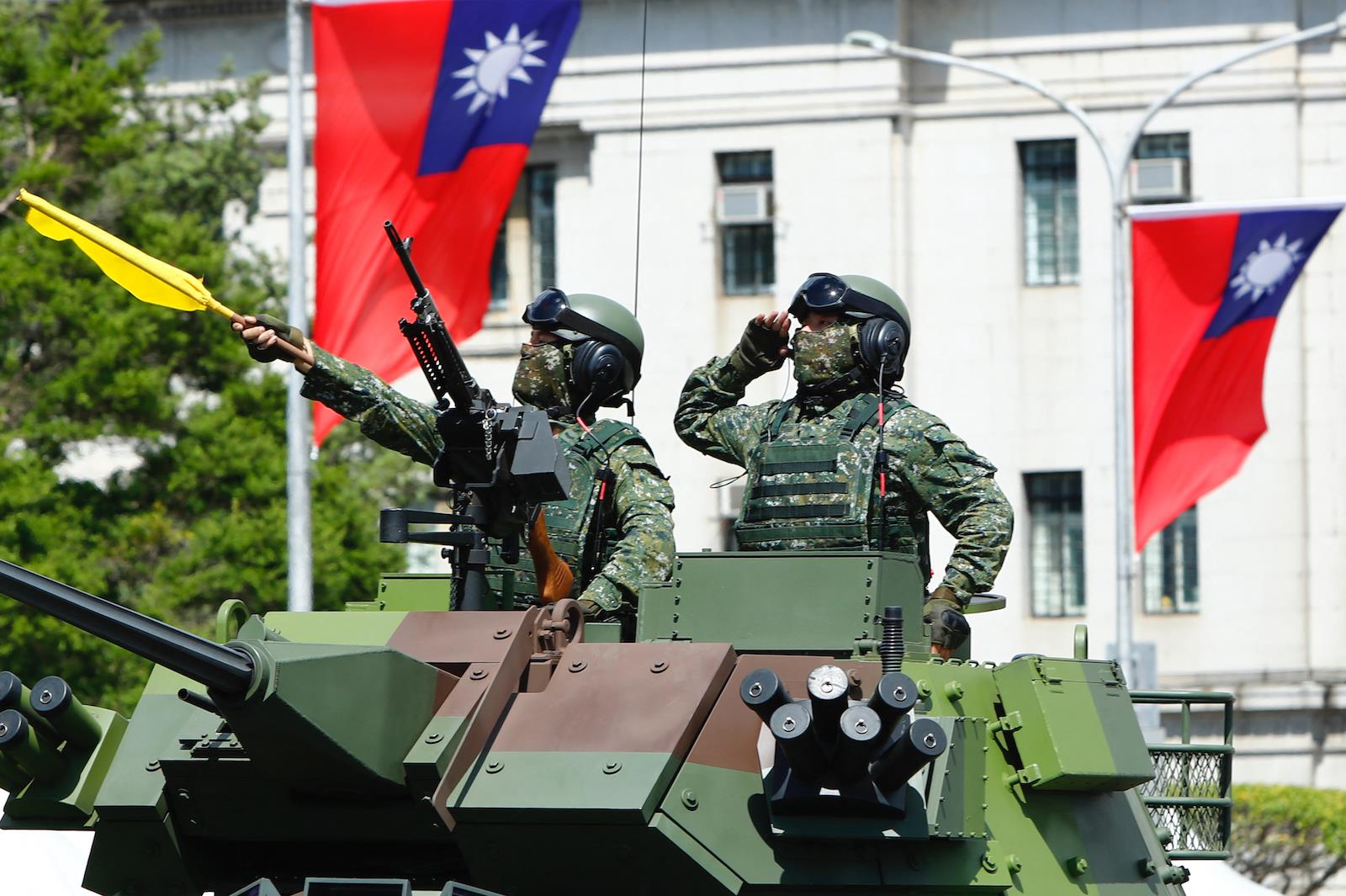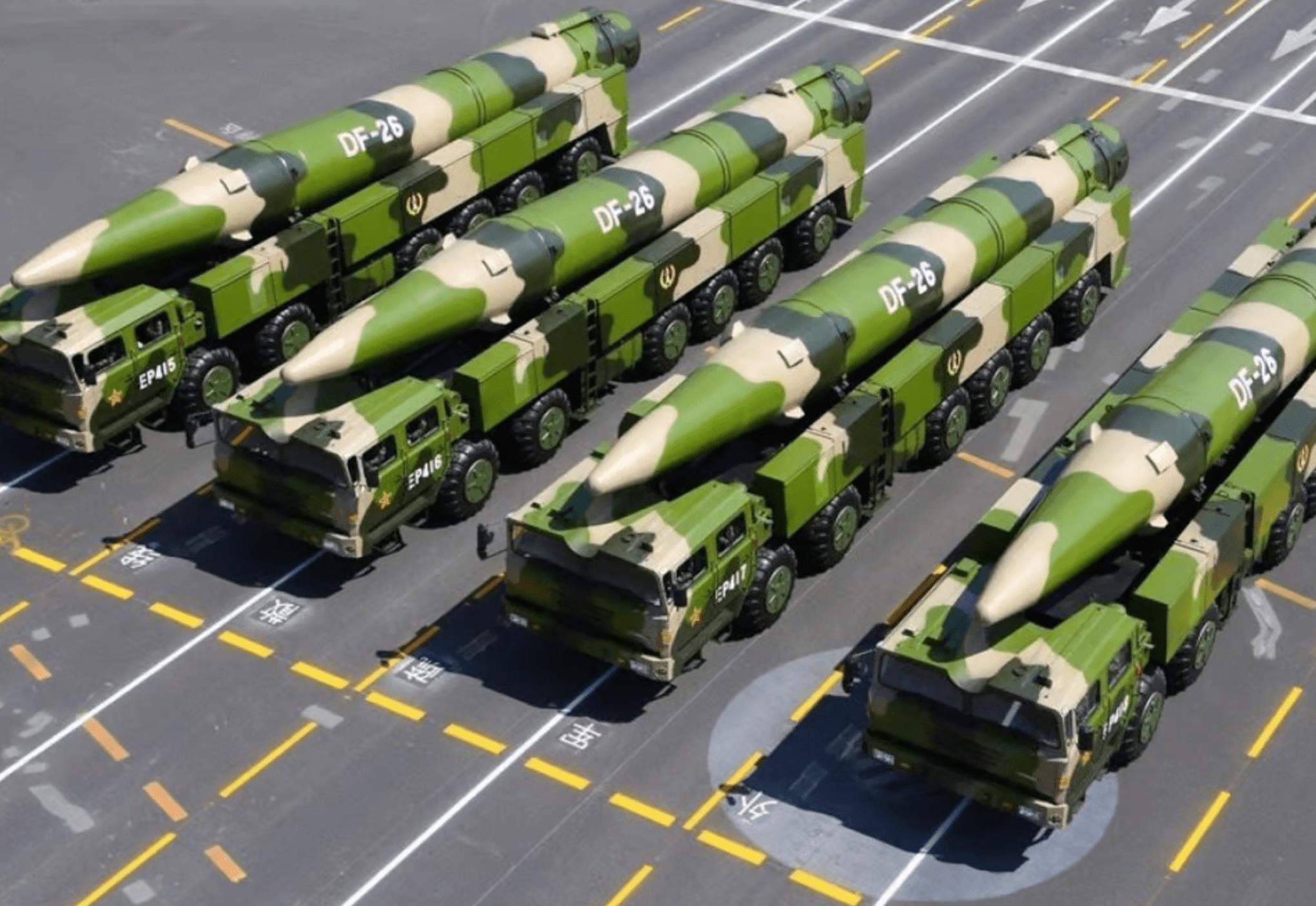(MENAFN- Asia Times)
The US Air Force has conducted simulations in cooperation with think tanks that reportedly showed the effectiveness of drone swarms in defending Taiwan against a possible Chinese invasion.
David Ochmanek, a defense researcher at the RAND Corporation think tank, highlighted in an online discussion last week the short time window in which US and allied forces must respond in event of a Chinese invasion of Taiwan.“US and allied forces may have as few as a week to 10 days to either defeat this invasion or accept the fait accompli,” he said.
Ochmanek mentioned that simulations conducted in 2020 with the Air Force's Warfighting Integration Capability (AFWIC) office and RAND have shown that drone swarms using a distributed“mesh” laser data-sharing network were essential in securing a US victory.
This employs line-of-sight lasers to transmit and receive data between drones that effectively make the swarm autonomous, sharing flight and targeting data instantaneously and constantly between individual drones.
This may defeat anti-access/area denial (A2/AD) capabilities that China may deploy to deter or defeat a US intervention. These include ballistic and cruise missiles, anti-satellite weapons, dense integrated air defense networks and capable 5th-generation combat aircraft.
Ochmanek described several ways that drone swarms could turn the tide in favor of the US and Taiwan, noting that they could be deployed together with stealthy manned platforms such as the F-35 and F-22 to hit Chinese warships, aircraft and missile batteries.
The drones would form a decoy screen for stealthy manned aircraft, extending the onboard sensor capabilities of the latter, and enabling them to observe electronic silence to avoid detection.
These networked drones would drastically increase the situational awareness and target acquisition capabilities of manned platforms while simultaneously flooding enemy radar scopes with multiple targets, forcing them to waste limited missiles and ammunition on expendable decoys before manned systems move in for the kill.

Taiwanese soldiers on an armored vehicle in Taipei during the National Day Celebration, following Chinese President Xi Jinping's vow to unify Taiwan by 'peaceful' means. Photo: AFP / Ceng Shou Yi / NurPhoto
Ochmanek also mentioned that machine learning and AI give autonomous drone swarms the ability to look at targets from multiple angles, cross-check various targeting data streams and suggest the best way to attack a specific target.
Despite these advancements, Ochmanek voiced concerns regarding the maturity of the technology, citing potential vulnerabilities such as Russian and Chinese electronic warfare capabilities, cyberattacks and bandwidth limitations. He also cautioned that the aforementioned 2020 simulation resulted in a Pyrrhic US victory.
This contrasts with previous simulations of a Taiwan invasion that have ended badly for the US. In October 2020, the US lost a classified wargame simulating a Chinese invasion.
“Without overstating the issue, it failed miserably. An aggressive red team that had been studying the United States for the last 20 years just ran rings around us. They knew exactly what we're going to do before we did it,” said Former Vice Chairman of the Joint Chiefs General John Hyten. The results prompted Hyten to scrap joint warfighting concepts that had guided US military operations for decades.
Hyten noted at the time that the first US Joint Warfare Concept (JWC) simply improved on the long-standing US strategy of gathering and using ubiquitous information to coordinate forces and structure battles. However, the JWC“failed miserably” in the October 2020 simulation, since it presumed information dominance in a simulation wherein US forces had to act without that advantage.
In response, Hyten espoused a new concept he termed“expanded maneuver”, which entails aggregating capabilities to provide significant effect, and disaggregating to survive any kind of threat.
This is enabled by AI, cloud computing and machine learning, and could take place in multiple domains under a single command structure, a concept known as Joint All Domain Command and Control (JADC2) , which is the US' concept to connect sensors from all branches of the US military into a single network.
Former US Deputy Secretary of Defense Bob Work has stated publicly that in the most realistic Taiwan invasion simulations that the US can come up the US has lost to China with a score of 18-0. These defeats have shown that China's A2/AD capabilities have evolved to the point that the US can no longer expect to quickly achieve air, space or maritime superiority.

DF-21D and DF-26 anti-ship ballistic missiles have become the mainstay of China's A2/AD defenses. Credit: Xinhua.
China is not far behind in deploying autonomous drone swarms against US, Taiwanese and allied forces. Following missile strikes to destroy Taiwan's command and control nodes and offensive cyber operations to degrade Taiwan's space-based systems, China may launch its own drone swarms to knock out Taiwan's air defenses, going against the latter's air defense radars and missile batteries.
The potential use of drone swarms may fuel an AI arms race between major military powers. Russia, China and the US are already seeking to outdo each other in creating new algorithms and gaining access to critical technologies for autonomous AI, such as high-end microchips.
Increasingly capable AI coupled with the proliferation of drone swarms may thus lead to“flash wars ,” wherein autonomous weapons systems react against each other in an uncontrolled chain reaction of escalation.
MENAFN23052022000159011032ID1104255831
Legal Disclaimer:
MENAFN provides the information “as is” without warranty of any kind. We do not accept any responsibility or liability for the accuracy, content, images, videos, licenses, completeness, legality, or reliability of the information contained in this article. If you have any complaints or copyright issues related to this article, kindly contact the provider above.